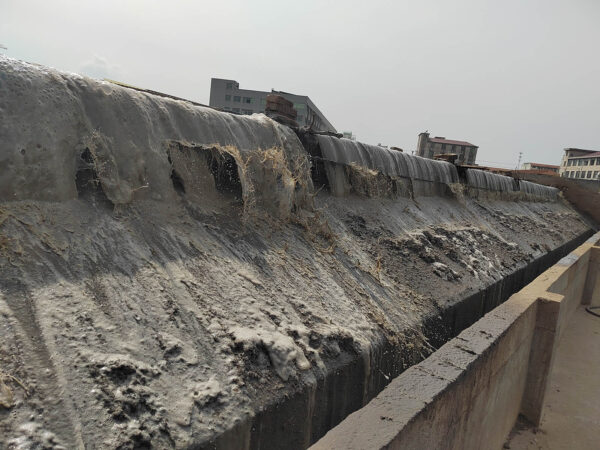The papermaking industry is the source of industrial pollution. The papermaking process consumes a lot of water. Production of 1-ton of recycled paper requires 20-30 m³ of water, and production of 1-ton of white paper even requires 300-500 m³ of water. So how to use of flocculants in paper mills is very important to protect water resources.

Characteristics of papermaking wastewater
-
Sewage is generated by cooking wood pulp.
-
Sewage was discharged from the beater and refiner.
-
Paper machine sewage.
The main pollutants contained in sewage
-
Suspended solids, mainly fibers and fiber fines
-
Easily biodegradable organic matter. Including low molecular weight hemicellulose, methanol, acetic acid, formic acid, sugars, etc.
-
Refractory biodegradable organic matter. Mainly from the lignin and macromolecular carbohydrates contained in the fiber raw material.
-
Toxic substances. Rosin acid and unsaturated fatty acids, etc.
-
Acid-base poisons. The pH value of alkaline pulping wastewater is 9~10; the pH value of acid pulping wastewater is 1.2~2.0.
-
Chroma. The residual lignin contained in the pulping wastewater is high in color.
Recommendations for flocculants for paper mill wastewater:
-
PH has a great influence on the use of flocculants, so it is necessary to keep the pH stable.
-
The COD of the paper mill is relatively high. If the aerobic bacteria process is used to remove the COD, the CNP ratio should be controlled at 100:5:1;
-
Low N element, black basic aluminum chloride can be used as flocculant. It can supplement the N element, greatly reduce the cost, and has a good water treatment effect.
-
High requirements for the color of water, it is recommended to use white polyaluminum chloride, which is expensive, but the color of the water is good.
-
It is recommended to use polyaluminum chloride with polyacrylamide for better effect.
-
If the water is reused too many times, the salt content will increase. The flocculation effect will be poor, and need add freshwater to replace the sewage.

Leave A Comment